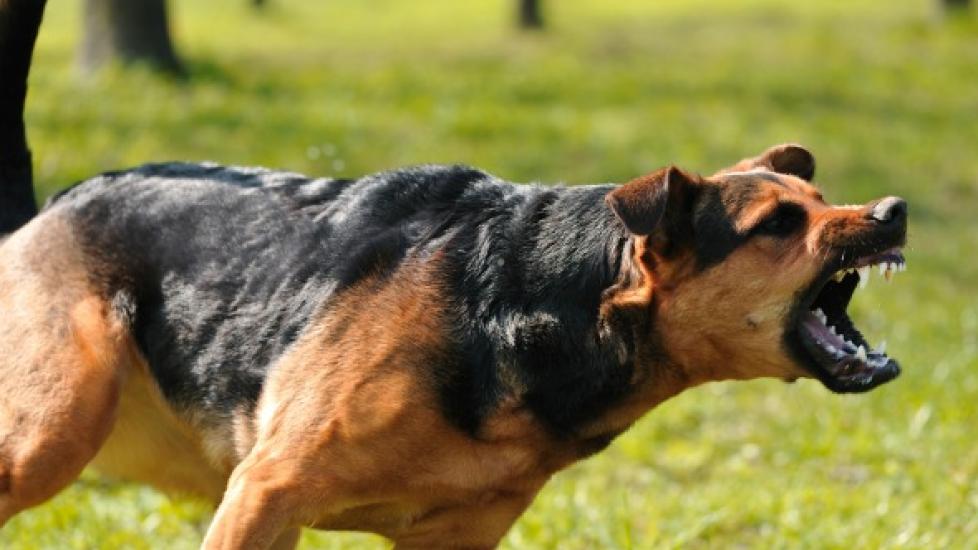Dogs are often referred to as “man’s best friend,” but when these loyal companions exhibit aggression toward familiar people—those they know and live with—it can be a distressing and concerning situation. Understanding the root causes of such behavior is crucial for effective management and resolution. In this article, we delve into the multifaceted reasons behind dog aggression towards family members or close acquaintances, providing insights that will help pet owners recognize triggers and implement strategies to foster a harmonious living environment.
Fear-Based Aggression: Sometimes, dogs may lash out due to fear. This could stem from past trauma, abuse, or even sudden changes within the household (such as a new baby). Fearful dogs try to assert dominance by using aggression as a defense mechanism. Owners should create a stable routine, use positive reinforcement training methods, and seek professional help if necessary to address their dog’s fears effectively.
Resource Guarding: Dogs have an instinctive desire to protect valuable resources like food, toys, or resting spots. If your dog feels threatened while guarding something he perceives as his, it might lead to aggressive behavior. It’s important to teach your dog that you won’t take away items without trading them for better ones and to manage access to high-value objects.
Frustration or Pain: Physical discomfort, boredom, or frustration can manifest as aggression. A dog who isn’t exercised enough or lacks mental stimulation may act out. Similarly, pain from arthritis or other medical conditions can cause irritability and biting incidents. Regular physical activity, playtime, and veterinary checkups can help prevent these issues.
Inadequate Socialization: Proper socialization during a puppy’s formative months is essential. Without it, dogs may grow up fearing or reacting aggressively to certain types of people, including men, children, or those wearing hats or sunglasses. Early exposure to various stimuli helps build confidence and reduces the likelihood of future behavioral problems.
Poor Training Techniques: Using harsh punishment or inconsistent discipline can make a dog fearful or defensive around specific individuals. Positive reinforcement training based on rewards and consistency is key to creating a well-behaved companion. Professional trainers can provide guidance tailored to the unique needs of both owner and dog.
Communication Breakdown: Dogs communicate through body language, which humans often misunderstand. A friendly gesture from a human may seem threatening to a dog, leading to a reactive response. Learning about canine body language and cues can help avoid miscommunications and reduce the risk of aggression.
Solving Dog Aggression: The solution to dog aggression lies in patience, understanding, and a systematic approach. Consult with veterinarians and animal behaviorists to rule out any underlying health issues and develop a comprehensive treatment plan. Modify environments to remove potential triggers and reinforce desired behaviors through consistent praise, treats, and affection.
Remember, each case of aggression is unique, and what works for one dog may not work for another. By recognizing the signs of aggression early and seeking professional assistance, pet owners can create a safe and loving home where both pets and people thrive together.
